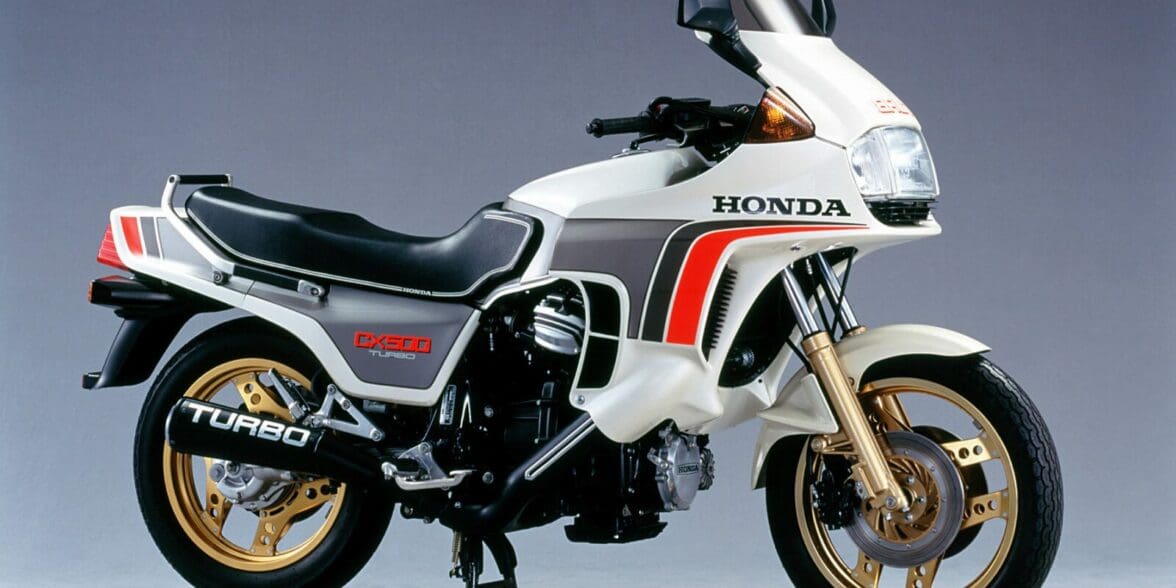The 1970s and 1980s were a golden age for forced induction engines. Like shoulder pads in suits and mascara on men, turbos were the flavor of the decade. And for a while there, it seemed that if there was any way that manufacturers could bolt on a go-faster snail to a car, bike, or any other inanimate object laying around the factory, they would.
But why didn’t it stick? The idea of adding a turbo to a bike and instantly creating a new, faster model seems like a no-brainer, yeah? And it’s not like customers went off going fast and showing off to their friends. So let’s look at why it happened in the first place, why the manufacturers stopped doing it, and what took its place.
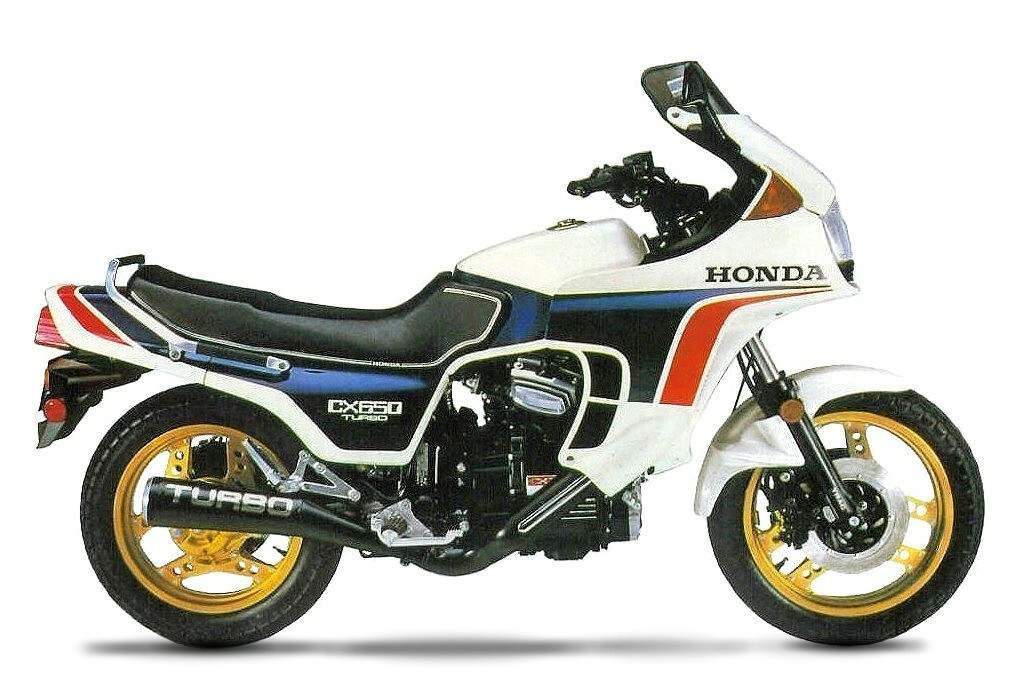
The Pressure to be First
As you probably guessed by the image above, the ‘82 Honda CX500 was arguably the world’s first proper factory turbo bike. Soichiro Honda’s dislike of both forced induction and of two-strokes seemingly had no effect on the company’s product line-up, as they spent a large part of the ‘70s and early ‘80s going to town on both these technologies.
Logic suggests that they chose the CX platform for turboing because of its legendary reliability and water cooling. But consider that Honda had little experience in designing either v-twins or water-cooled engines up to this point, and you’ll get a sense of just how adept their engineers were; from zero to hero in a single blueprint. With 500cc and 82 bhp, it was quick—but by no means was it a world-beater.
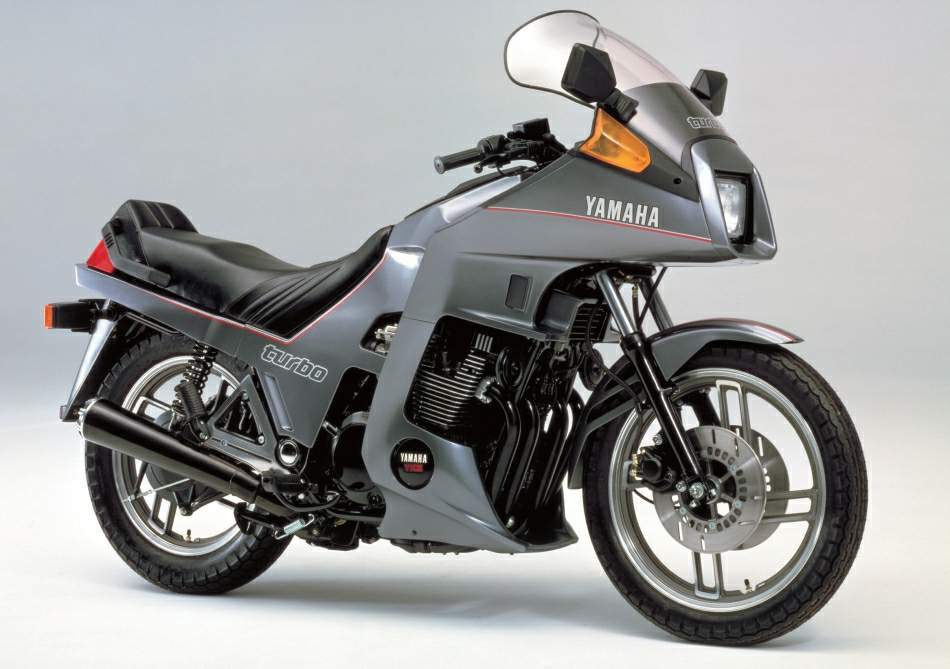
As is the rule in the Japanese motorcycle industry, many of the other brands quickly followed Honda’s lead for fear of being left behind and/or missing out on a nice big slice of what potentially could be a profitable new segment. So at around the same time as Honda’s CX was revealed, Yamaha stole a little of their thunder with their rather odd little XJ650 Turbo.
Undoubtedly a parts-bin special with a turbo thrown in for good measure, it put out a claimed 90hp but was noted by reviewers of the time to have less-than-ideal handling and a few overheating issues to boot. Ooops.
The Turbo Bandwagon
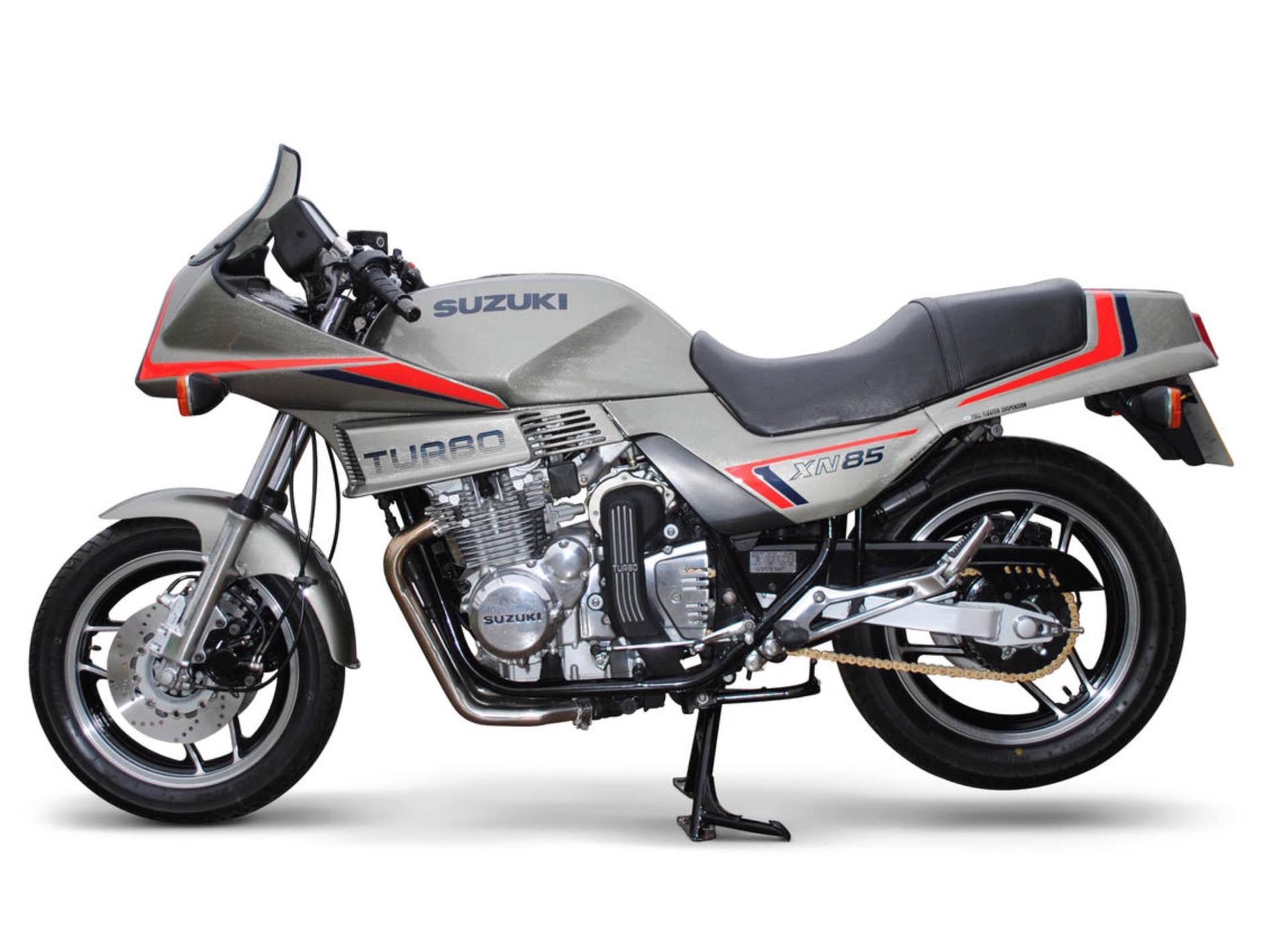
Next, Suzuki released their 673cc XN85. With arguably better, more ‘muscle bike’ looks than the rather upright, rather more sensible design of the Honda, the Suzie only managed to convince a handful of buyers to part with their hard-earned money. Despite this, it stayed in Suzuki showrooms—or at least it appeared in Suzuki catalogs—until 1988.
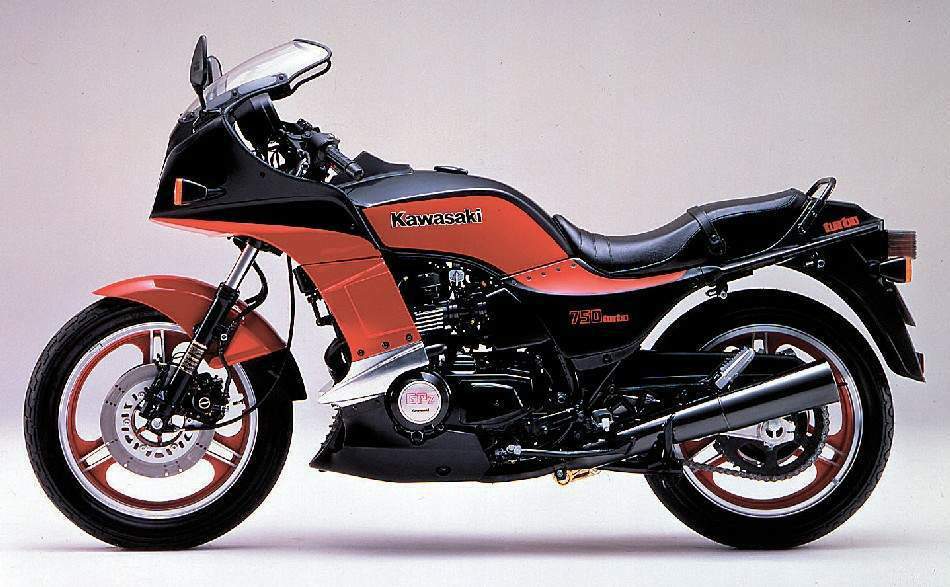
As always, Kawasaki took their time before they played their turbo hand. But boy, when they did play it, they had really done their homework. So in ‘84 they pulled the covers off their GPZ750 Turbo. Better late than never, huh?
With a full two years until the Top Gun appearance of the company’s Ninja ZX900, they were still looking for that ‘next big thing’—and it appeared that all the signs were pointing to turbo engines as being just that.
Packing an impressive 112bhp, the engine could purportedly be pushed to around 200 horsies with the right mods. And all that in 1984, no less! But as with the other brands, the bike proved to be a bit of a sales flop and it was discontinued a mere 12 months later.
Rad or Bad Fad?
So the million dollar question is, what the hell went wrong? Turbos are good. Speed is always good. And they make that ‘look at me’ whooshy sound. It seems like the perfect package, no?
Well, the answer to that rhetorical question is actually ‘no’. Japanese turbo bikes of the 80s were not the golden goose that they might seem at first glance. But why?
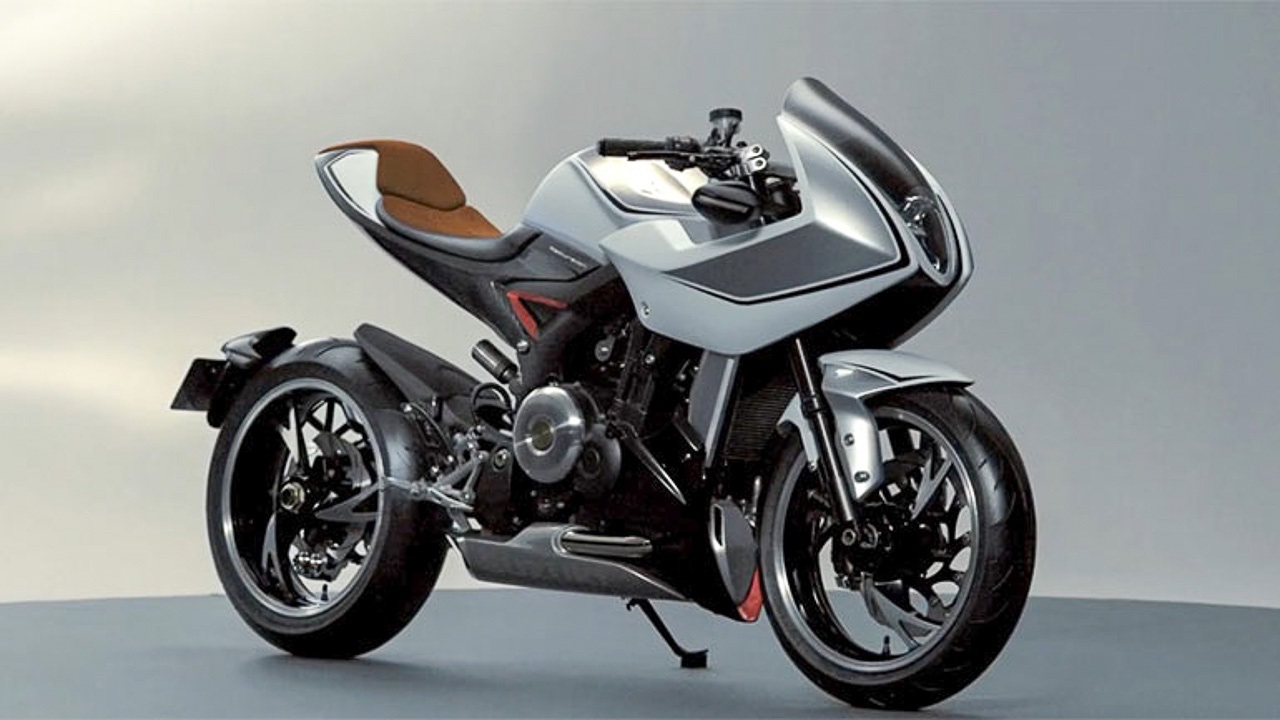
Sure, if they had been positioned at the apex of the manufacturer’s range, they might have had a different reception. But for those who did buy one, they still had to face the harsh reality of rocking up to the local Sunday biker’s hang-out knowing that any of the other riders there on 1000cc (or 1100cc) models were still able to kick their butts in most situations.
In this sense, they seemed like more of a gimmick than ‘proper’ bikes, a fact that was backed up by the lack of factory racers using the things. And needless to say, the turbo gear bolted on the motos also made them heavier than their normally-aspirated mates. Those who thought these new turbo bikes would make them King of the Hill would be sorely disappointed.
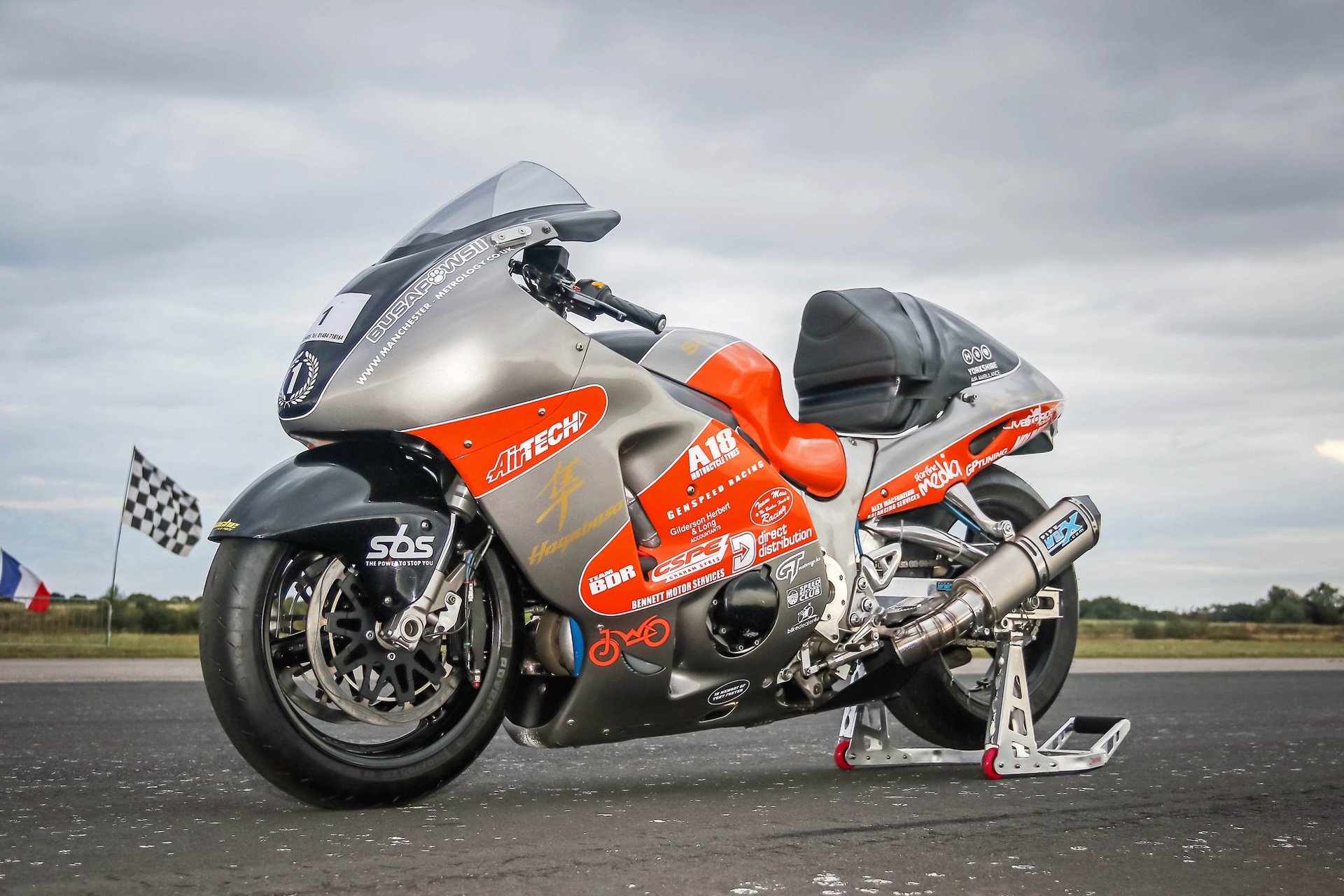


Fast, Faster, but not Fastest
The other big issue for this ‘80s go-fast tech was the now-infamous ‘80s turbo lag. Unless your revs were already up in the stratosphere somewhere, the thing was going nowhere fast, and by the time you got on the gas, increased the revs, and got the turbo on song, your riding buddies had probably sped off down the road with broad, patronising smiles on their faces.
Sure, modern tech has managed to iron out all these bugs to the point where it’s now all upsides for turbos—but back then, you were probably going to be left with a bad taste in your mouth that screamed ‘I fell for a sales trick and this damn bike just doesn’t live up to the hype.’ Feeling foolish, you then would have sold the thing at a loss and probably got the normally aspirated GPZ900R Ninja you secretly always wanted.
Of course, the manufacturers knew this as well, and they proceeded to drop their turbo platforms faster than a mechanic trying to repair a hot wastegate with no gloves on.
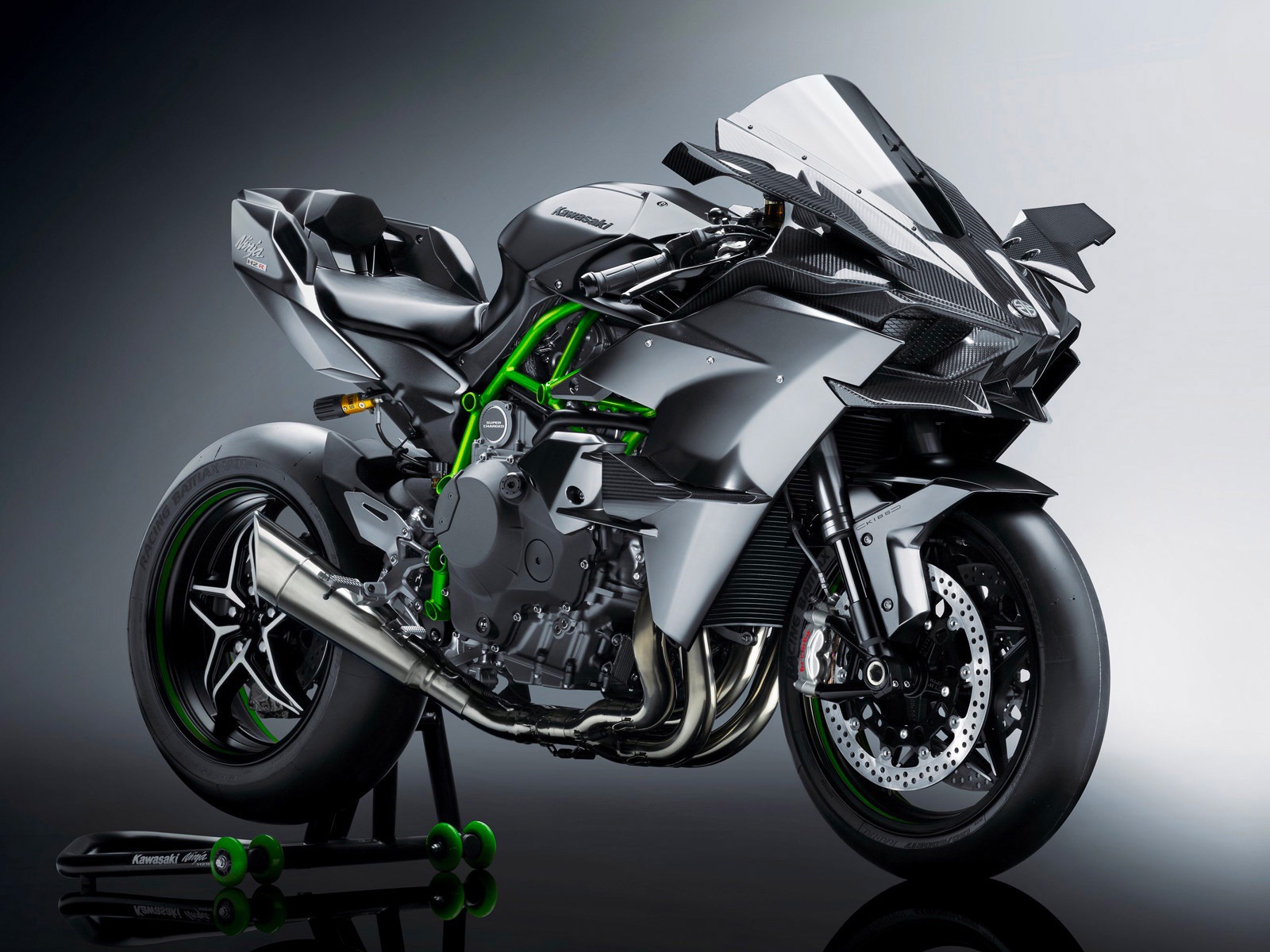


Back on the Boost
Fast forward to 2014 and—much to the amazement of speed freaks all over the world—Kawasaki announced the no-holds-barred and spy plane-named ‘H2’ superbike. The tech geeks amongst us will no doubt be quick to point out that the H2 was in fact supercharged and not turbo’d, but I feel that in the historical arc of ‘boost’ on motorcycles, this motorcycle is an important inclusion in the discussion. And while it seemingly didn’t spawn a new segment of boosted bikes, it did correct all the faux pas of the 80s turbo models.
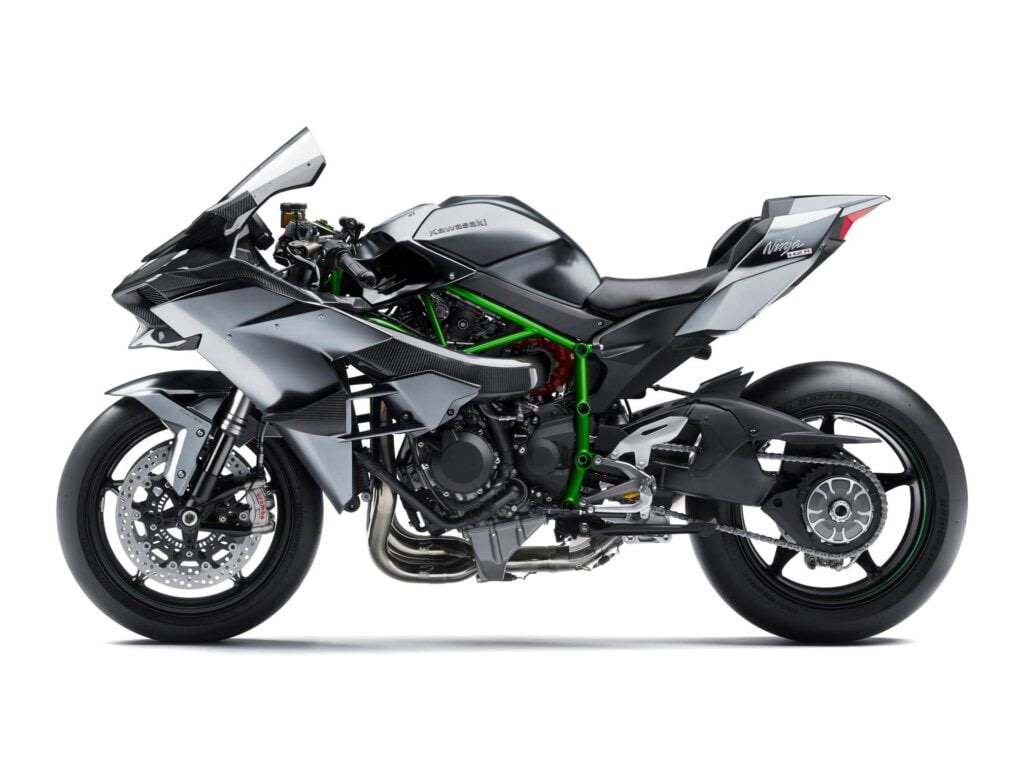


Gone was their lag and the lack of rideability, along with the empty promises of their giant ‘turbo’ labeled plastic fairings. Instead, the H2 kept its secrets hidden; well, at least it kept its supercharging hidden. And that’s because the thing’s about as subtle as the moon crashing into the earth.
There was little doubt that this moto was fast. 310 hp of supercharged go-gos will do that to a bike. And in that way, Japan—via Kawasaki—showed it had learned lessons from the 80s and had finally perfected the idea. Good ol’ Kawasaki. Better late than never, huh?


